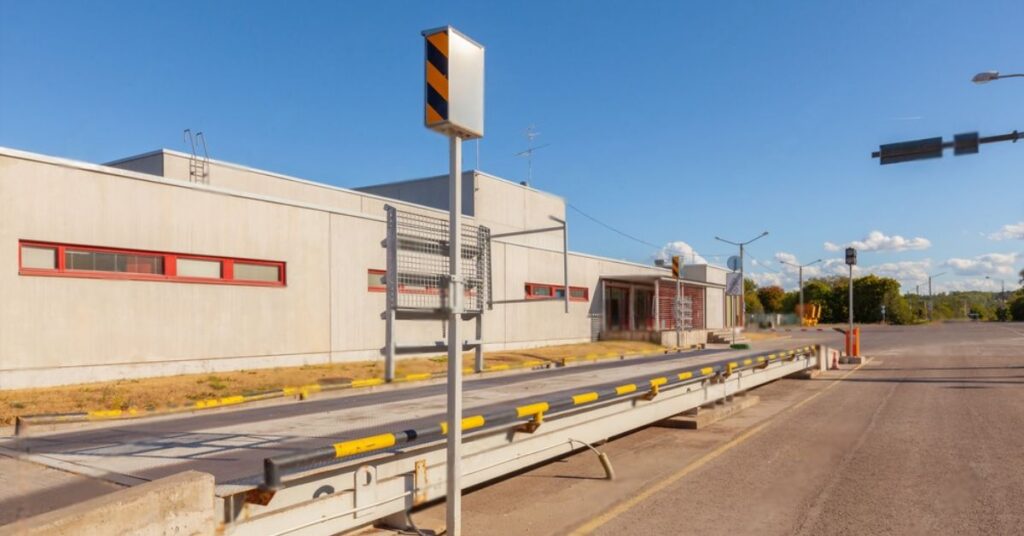According to experts who know weighbridge automation practices, vehicles requiring processing in a logistics facility can weigh several tonnes. Considering that business operations require efficient and reliable logistics processing, exploring the benefits of weighbridge automation is prudent.
Weighbridge Automation: The Game Changer
A weighbridge manages inbound and outbound vehicle weighing. One that has automated functions has the following advantages:
1. Saves on Overhead Costs
An automated weighbridge captures and processes weighing data without human involvement. That means that companies do not need to hire many staff to serve as operators like they would with a manual weighbridge.
The company also reduces the need for supervisors, and supply chain managers have fewer people to monitor and control, which leaves them to attend to other matters in the company. All that improves profit margins for the company by reducing overheads related to hiring and managing employees and their welfare.
A tech-compliant company also has less need for elaborate offices to hold numerous staff. There is little need for paper and stationary since the logistics run on online operations. An automated weighbridge does not require countless mechanical parts like the manual type, and this also reduces maintenance and repair costs.
2. Efficient Operations
In business, timelines have a direct impact on efficiency and productivity. Automated weighbridges accelerate operations by speeding up the weighing of vehicles and loads. They weigh more vehicles and generate weighing data in real-time, which would take longer if done manually. Such accelerated operations enhance the workflow and ensure that companies using such scales meet their deadlines.
3. Concise Data
Companies with operations that require weighbridge procedures face losses and lose credibility due to inaccurate weigh data. Manually processed data can also have errors and discrepancies, sometimes attracting legal penalties.
Automated weighbridges have precise logistical output from tech-driven operations. They eliminate the possibility of errors in collecting, storage, processing and disseminating weighbridge data.
4. Ensures Compliance
Some laws govern weight logistics. For instance, some jurisdictions identify roads and highways in transportation networks and allocate them to vehicles bearing a specific weight range. Poor or wrong weight data from manual weighbridges could cause drivers to end up on the wrong road and face legal action.
5. Prevents Theft
Supply chain managers have contended with fraud and theft through manually manned weighbridges and manipulated data. Automating operations ensures there are minimal or no operators at the location. An unmanned weighbridge is easier to monitor, which improves the security of the vehicles and goods in transit.
Note, too, that in the event of theft, the company has to compensate the client. Such an eventuality comes after a legal suit, leading to fines and bad publicity for the company. A tech-compliant company with automated operations can also negotiate for better terms with insurance companies because of their secure operations.
Automated operations that immediately send data to supervisors and clients support real-time supervision. Managers can track all operations on the road and the scales from their mobile phones.
Go Big with Tech Weighbridge
The need for tech-supported operations for weighbridges is an overwhelming technical, managerial and financial consideration. Companies that have not embraced these developments face fraud risks, non-compliance and increasing overheads. They also fall behind on data-driven decision making.








1 thought on “What Advantages Does Weighbridge Automation Offer?”